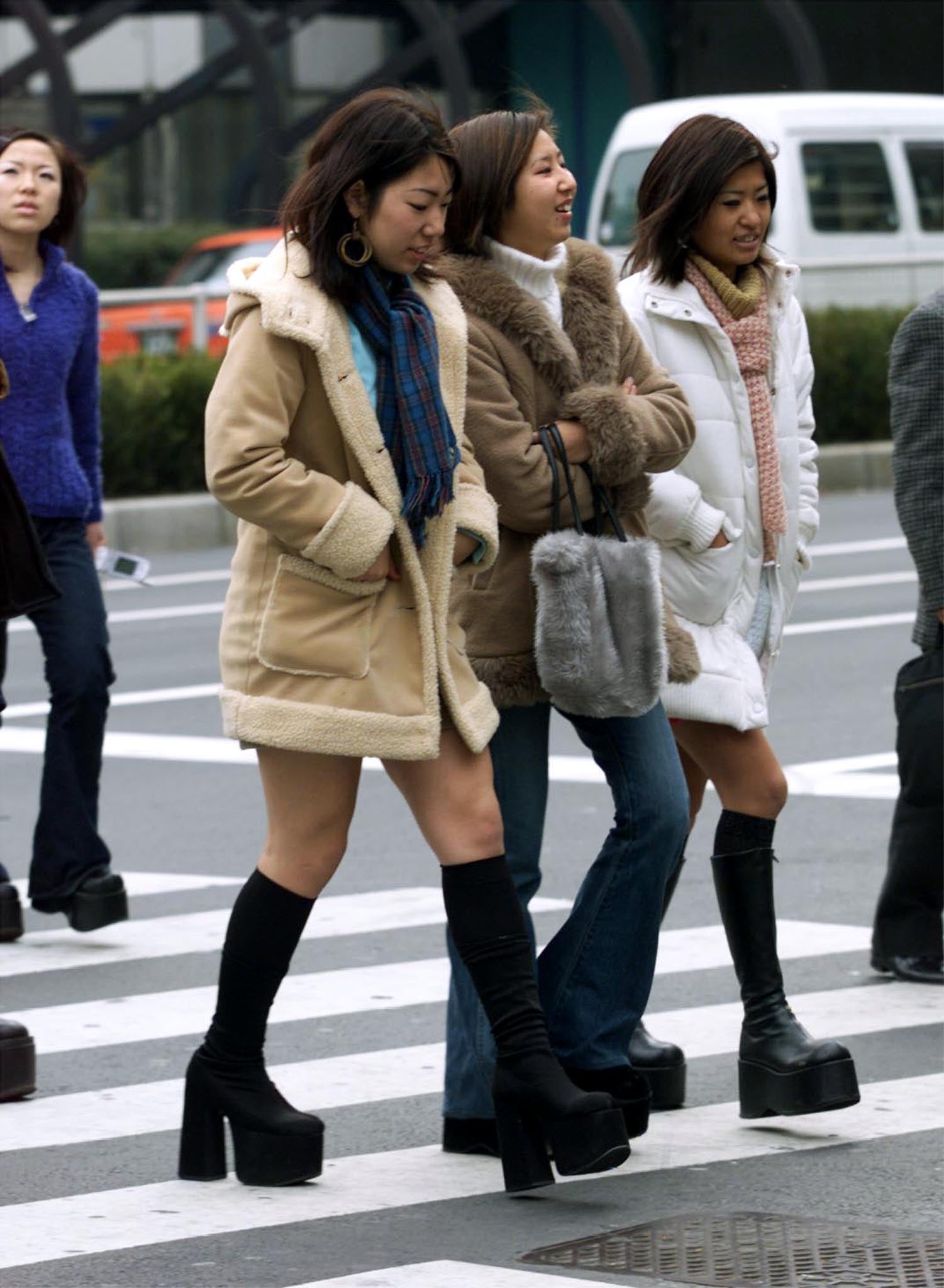The retirement of Japan’s Madonna marks the end of the country’s golden era of pop
Last year, US sales of Taylor Swift’s new album Reputation crossed a million a week after it was released in November. Over in Japan, in the same month, Namie Amuro also cleared that milestone just as quickly with her newest album.


Last year, US sales of Taylor Swift’s new album Reputation crossed a million a week after it was released in November. Over in Japan, in the same month, Namie Amuro also cleared that milestone just as quickly with her newest album.

The difference, however, is that while Swift is in her prime, Amuro is two decades past hers. Though she’s not a household name in much of the world, she’s an icon in her native Japan who represents the golden era of its pop-music industry, and whose influence extends far beyond just music.
Nostalgic Amuro fans have now bought more than 2 million copies of her last album ever. Finally, a triple-CD, 52-song offering, was released in November, shortly after the queen of J-pop announced on her 40th birthday that she plans to retire on Sept. 16, 2018.
“Amuraa” devotees
Born in Naha in Okinawa, Amuro debuted as a solo artist in 1992 and quickly established herself as Japan’s biggest pop star of the 1990s, after almost a decade where Japan had no definitive female idol (paywall).
Working with the legendary Japanese music producer Tetsuya Komuro, whose label Avex Trax dominated J-pop in the 1990s, Amuro helped popularize Eurobeat-inspired music in Japan. (Komuro will also retire.)
Her biggest hit was “Can You Celebrate?,” a pop ballad released in 1997 that to date remains the best-selling single by a solo artist in Japan.
As well as her legions of fans in Japan, she’s also a cultural touchpoint for expat Japanese like Midori Komachi, a 30-year-old violinist living in London. Komachi became a fan at age 7 after seeing Amuro perform one of her hits, “Chase the Chance,” on TV. As a child, Komachi wrote out the lyrics to Amuro’s lyrics, including Japanese characters too complex for her age, she said, and after her family moved overseas she relied on a Japanese TV broadcaster, JSTV, for her Amuro fix. “I remember desperately writing a letter to JSTV to say ‘I am a huge fan of Namie Amuro, please broadcast more programs featuring her on JSTV!'” said Komachi.
While Amuro herself has cited Janet Jackson as one of her biggest inspirations, the Japanese singer is most often compared to Madonna. “When you look at the arc of her career, it’s a good comparison,” said Patrick St. Michel, a music writer based in Tokyo. “Both of them broke out at young ages, and over the course of their careers, both went into quite radically different styles.” Amuro would later start to experiment more with genres like R&B and hip hop, including a re-recording of “Waterfalls” with TLC in 2013.

Like Madonna, Amuro was also a style icon in Japan, and helped fuel gyaru street style, in which girls displayed the tanned skin, dyed hair, heavy make-up, chunky heels, and short skirts associated with areas of Tokyo like Shibuya. (Gyaru is a romanization of the English word “gal.”)
As W. David Marx, a writer on Japanese pop culture explained, Amuro never explicitly associated herself with the look, but her Okinawan tan skin and dyed hair made her the perfect idol for aspiring gyaru. A legion of Amuro fans who tried to emulate her became known as “Amuraa,” although, as Vogue noted, Amuro later veered away from gyaru style, instead embracing high-end fashion brands such as Chanel, and hip-hop streetwear.
Okinawa’s pride
It wasn’t just the tanned look of her tropical hometown that Amuro popularized: She also helped propel Okinawa in Japanese consciousness from a place seen as a distant, culturally isolated backwater best known for its US military bases, to one that became synonymous with being cool. Amuro’s success, said St. Michel, helped pave the way for other artists such as the girl groups Speed and Max, who trained at the same talent academy in Okinawa as Amuro.
Okinawa has jumped on the Amuro retirement bandwagon, using the singer in a recent tourism campaign ahead of her final show ever, which will be performed there on Sept. 15, a day before her retirement.
Fans from all around Japan are traveling to Okinawa to bid their idol farewell, with events including an exhibition of articles and photos of Amuro organized by a local newspaper, an hour-long fireworks show (link in Japanese) set to Amuro’s music, and public viewings (link in Japanese) of recordings of her concerts.
End of an era
Amuro has been called the “songstress of the Heisei era,” referring to the fact that her retirement comes just before the current era named for the reigning emperor draws to a close, with the abdication of Akihito in April 2019.
Basking in a collective sense of nostalgia, many Japanese people will look back on the Heisei era, which began in January 1989—just before the country entered a prolonged economic slump—for its most illustrious and definitive moments. For many, that means recalling the heyday of J-pop, long before K-pop became a global phenomenon, and when Japan’s record labels, free from the demands of the internet, could still rely solely on selling millions of CDs and other merchandise. Today, young Japanese people are as likely to listen to foreign artists and stream music online (although physical music remains extremely popular) as young people anywhere else.
But there’s no stopping the Amuro merch juggernaut. More than 800,000 people attended her farewell concerts earlier this year, not only in Japan, but also in China, Taiwan, and Hong Kong. A DVD of her Finally tour, released in August, sold over a million copies in three days, the first music-video offering to cross the million mark in Japan.
Komachi, a self-described “serious Amuraa,” will get a copy of the DVD for her birthday from her family. In the age of streaming, nothing beats holding on to a piece of Amuro history.